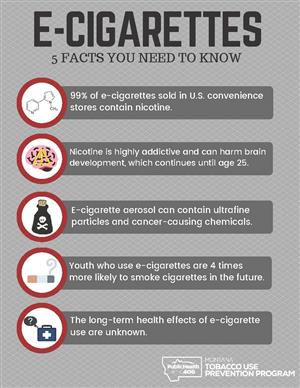Electronic cigarettes are not universally safe, though they are generally considered less harmful than traditional cigarettes. Key health considerations include:
1. Relative Risk Reduction ≠ Risk Elimination
While switching completely from combustible cigarettes to e-cigarettes may reduce exposure to many toxicants and carcinogens for adult smokers, vaping is not without risk. Harm reduction is not equivalent to harm eradication.

2. Cardiovascular Impact Concerns
Evidence indicates vaping can increase heart rate and blood pressure. Nicotine and other compounds may contribute to endothelial dysfunction and oxidative stress, potentially elevating cardiovascular risk.
3. Adolescent Brain Development Risks
Nicotine exposure during adolescence is particularly harmful, disrupting brain development. This can affect attention, learning, impulse control, and increase susceptibility to addiction to nicotine and other substances.
4. Exposure to Harmful Chemicals
Vapor can contain potentially harmful substances, including:
- Ultrafine particles deeply inhalable into the lungs
- Flavoring compounds like diacetyl linked to “popcorn lung”
- Trace metals (e.g., lead, nickel) from heating elements
- Volatile Organic Compounds (VOCs)
5. EVALI Lung Injury Outbreak
The 2019-2020 outbreak of E-cigarette or Vaping product use-Associated Lung Injury (EVALI) highlighted severe, sometimes fatal, lung damage. Vitamin E acetate, primarily found in illicit THC vaping oils, was strongly linked, demonstrating the danger of unregulated products and additives.










